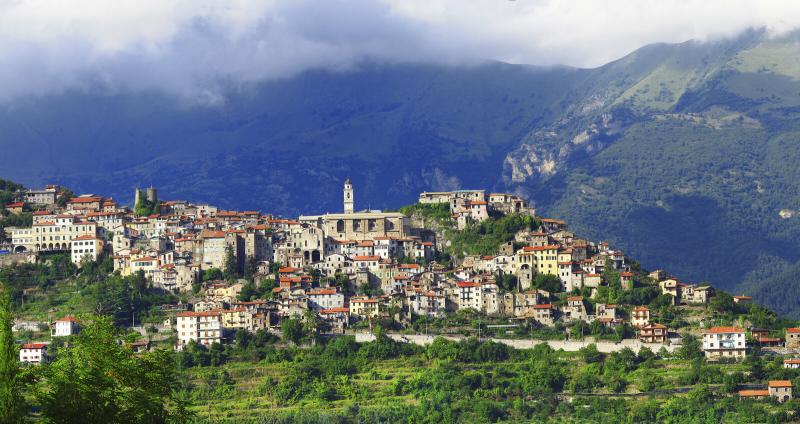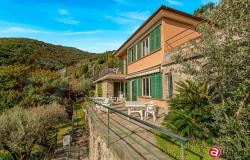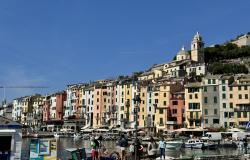Set in the peaceful valley Argentina of Liguria, surrounded by woods, Triora is located about 100 kilometers (62 mi) southwest of Genoa, the region’s capital, near the border with France. It belongs to both ‘Italy’s most beautiful borghi’ network and to Touring Club’s Bandiere Arancioni network, which signals excellent practices in tourism.
The name Triora derives from the Latin tria ora, which means three mouths, and is thought to refer to the Cerberus portrayed on the town’s emblem, which, for some, stands for the three rivers that merge in the area where the village is located; for others, it refers to the three main products Triora’s once thriving economy was based on, wheat, chestnut and grapevine.
Boasting ancient Roman origins, by the 11th century Triora had become an important center, which the powerful Republic of Genoa tried, in vain, to conquer by force. In the end, Genoa bought Triora, which, thanks to its strategic and military importance, was given jurisdiction over a vast territory.
The most famous aspect of Triora’s history has to do with witches. Between 1587 and 1589, some local women were accused of being responsible for the continued plagues, acid rain, killing of livestock and even of cannibalism towards children. The trials held against them resulted in five death sentences.
Triora hasn’t forgotten this chapter of its history and today hosts several folklore- and horror-themed events and festivals throughout the year, including a summer witchcraft festival in August, Halloween at the end of October, and Easter parades.
Today, walking through the village, along its caruggi (narrow alleys), passing under vaults and arches carved into the rock, seeing old houses in ruins (the old section of Triora was heavily damaged during World War II) is like stepping back in time.
There are several churches to see, as well as a castle, and the Ponte di Loreto, a bridge that stands at 112 meters of altitude (which people use to bungee jump).
Two of its most famous food products are the ‘Pane di Triora’, the traditional local bread, cooked in low and wide molds weighing 850 grams; and Bruss, a milk-derived product similar to soft cheese with quite a strong taste.









